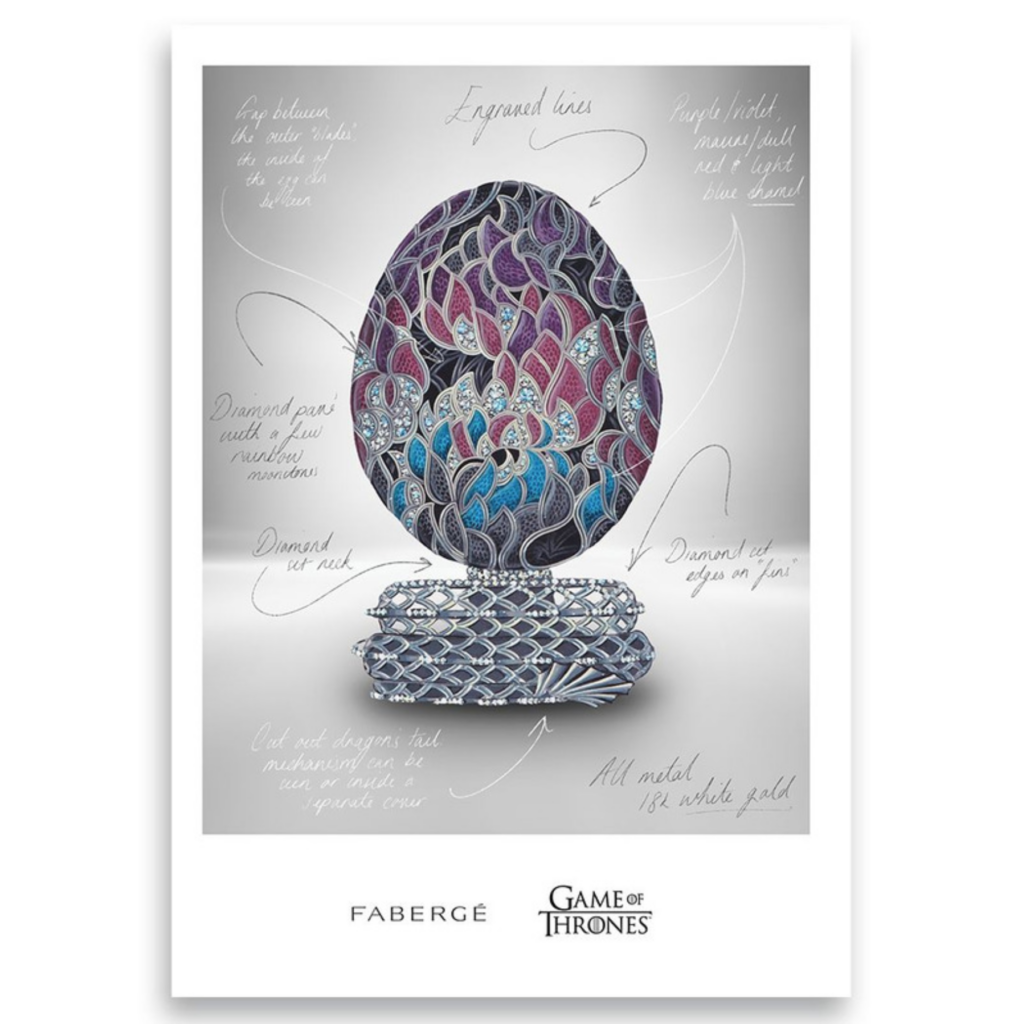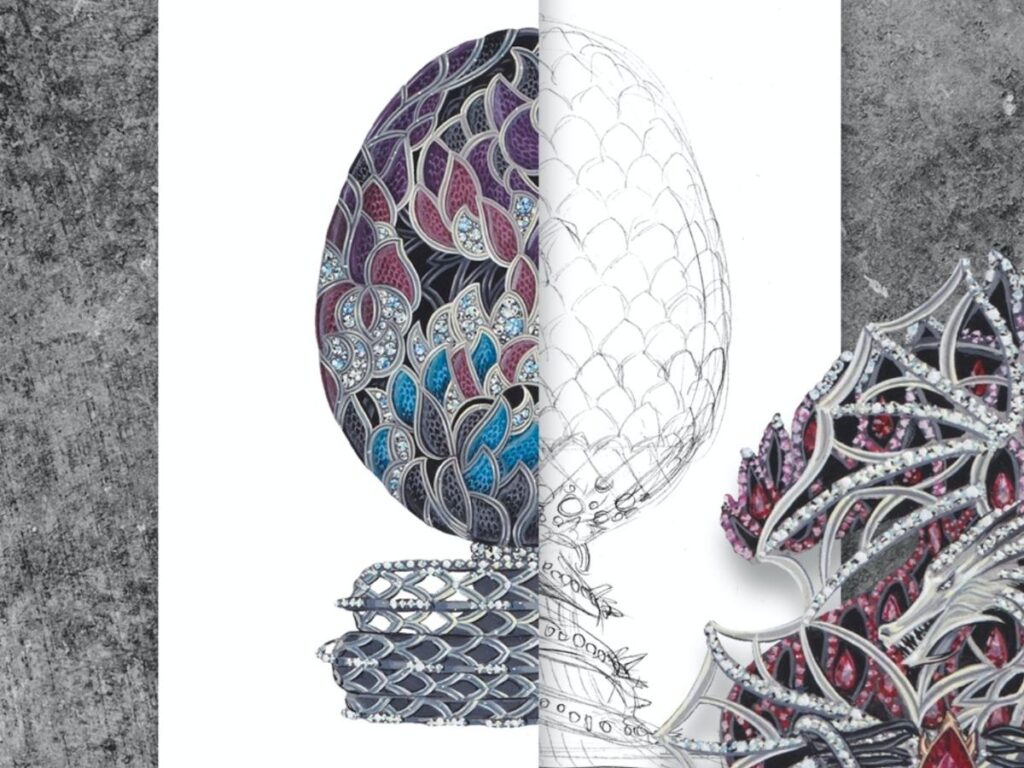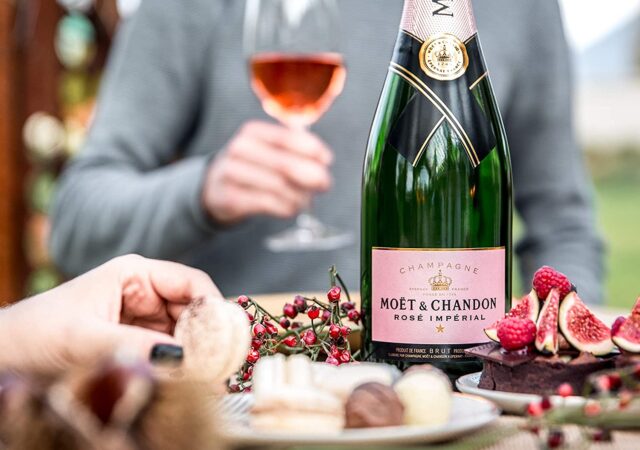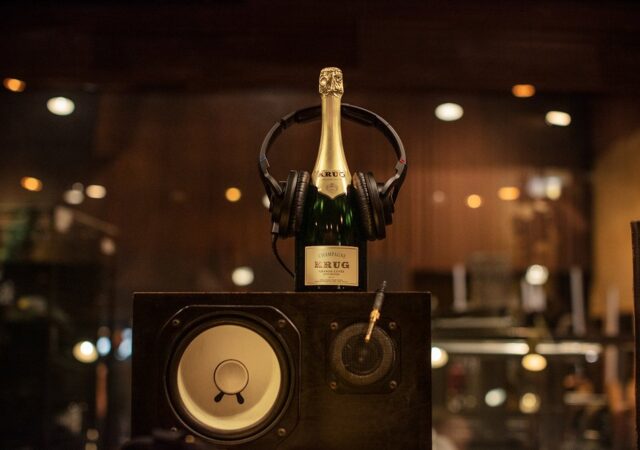Natural coloured diamonds are valued around the world for their beauty and rich history, interwoven into cultures for thousands of years. Diamond and jewellery authority, Neil Duttson, weighs in on why owning a natural coloured diamond is an investment worth looking into.
Natural coloured diamonds are extremely rare; each diamond is over a billion years old and can be found in hidden corners across the earth.
The first diamond-grading system ever used dates back to India around in the sixth century. The scheme was based on the old class structure of the state. Members of different levels of rank, or castes, are permitted to own and wear only coloured diamonds. As a result, diamonds served as a class badge. In many cultures, certain colours have certain meanings such as purple as a sign of royalty, nobility, luxury, and ambition.
Much like gold – Throughout the centuries, people have continued to hold diamonds for various reasons. Societies, and now economies, have placed value on the coloured diamond, thus perpetuating its worth. It is the metal and diamonds we fall back on when other forms of currency don’t work, which means it always has some value as insurance against tough times. Natural Coloured Diamonds are naturally low in supply since, in addition to the qualities needed to have a diamond Kimberly pipe, they also need anomalies in or near these pipes to alter the diamonds and create colour. Many colours in the coloured diamond spectrum are very uncommon and are extremely desirable.
A History of holding its value
Since Roman times diamonds have been coveted for their beauty and rarity. Unlike paper currency, which has historically retained value as long as the country is recognized, and in good standing a natural diamond has maintained value across the world and throughout thousands of years because of its natural supply and demand. Collectors see a natural coloured diamond as a way to pass on and preserve their wealth from one generation to the next and from country to country. Since ancient times, people have valued the unique properties of the precious diamond.

Diamonds don’t corrode and can’t be melted over a common flame, making it easy to work with and put in jewellery. Moreover, coloured diamonds have unique and beautiful colours, unlike each other. It’s a collector’s dream. Natural coloured diamonds have been unearthed in every colour of the rainbow, the physical conditions necessary for a diamond to have colour naturally don’t often occur, making natural coloured diamonds extremely rare. It is estimated, that only a 1 in 10,000 chance that any diamond will possess any natural colour, whether that colour is pink, green, yellow, blue, brown, grey or any shade of the colour spectrum.
Weakness of the U.S. dollar
Although the U.S. dollar is one of the world’s most important reserve currencies, when the value of the dollar falls against other currencies as it did between 1998 and 2008, this often prompts people to flock to the security of gold and coloured diamonds, which raises their prices. The price of gold nearly tripled between 1998 and 2008, reaching the $1,000-an-ounce milestone in early 2008 and nearly doubling between 2008 and 2012, hitting around the $1800-$1900 mark. The decline in the U.S. dollar occurred for a number of reasons, including the country’s large budget and trade deficits and a large increase in the money supply.
Inflation hedge
Gold and diamonds have historically been an excellent hedge against inflation because its price tends to rise when the cost of living increases. Over the past 50 years investors have seen gold and diamond prices soar and the stock market plunge during high-inflation years. This is because when fiat currency loses its purchasing power to inflation, gold and diamonds tend to be priced in those currency units and thus tends to rise along with everything else. Moreover, gold and diamonds are seen as a good store of value so people may be encouraged to buy when they believe that their local currency is losing value.
Deflation protection
Deflation is defined as a period in which prices decrease when business activity slows and the economy is burdened by excessive debt, which has not been seen globally since the Great Depression of the 1930s (although a small degree of deflation occurred following the 2008 financial crisis in some parts of the world). During the Depression, the relative purchasing power of hard assets soared while other prices dropped sharply. This is because people chose to hoard cash, and the safest place to hold cash was intangible assets such as a coloured diamond or gold at that time.

Geopolitical uncertainty
Tangible assets retain their value not only in times of financial uncertainty but in times of geopolitical uncertainty. It is often called the “crisis commodity,” because people flee to its relative safety when world tensions rise; during such times, it often outperforms other investments. For example, diamonds and gold experienced some major price movements this year in response to the crisis occurring in the European Union. Its price often rises the most when confidence in governments is low.
Supply constraints
Much of the supply of coloured diamonds in the world have come from only a few diamond mines, which are scheduled to be closed soon.
The Argyle mine which produces over 90% of the world pink diamond supply is scheduled to close in 2021 and the Cullinan mine (Premier) which is famous for being one of the only mines ever to produce blue diamonds may also close because of the old age, deep and expensive mining pit. It can take from five to 10 years to bring a new mine into production. As a general rule, a reduction in the supply of diamonds increases their prices.
Increasing demand
In previous years, increased wealth of emerging market economies boosted demand for diamonds. In many of these countries, diamonds are intertwined into the culture. Worldwide a diamond is connected to a marriage ceremony, representing love and commitment. This positive connotation at an early point in a person’s adult life lasts with them for future meaningful moments.
In 1980 and before it was rare for an average person to even know about coloured diamonds but with the spread of the information age a rare find or a new record price can be shared around the world, creating desire and demand for the scarcest diamonds
Demand for coloured diamonds has also grown among collectors. Many are beginning to see them as a security class into which funds should be allocated.
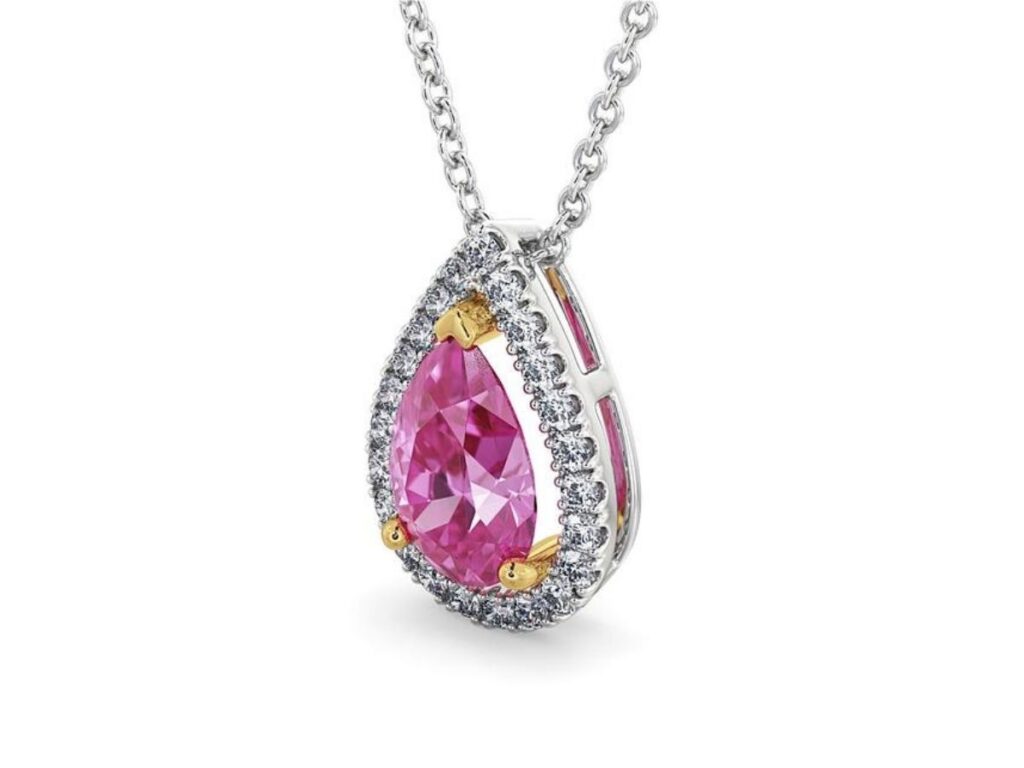
Portfolio diversification
The key to diversification is finding investments that are not closely correlated to one another; tangible assets have historically had a negative correlation to stocks and other financial instruments.
Properly diversified investors combine coloured diamonds with stocks and bonds in a portfolio to reduce the overall volatility and risk.
The bottom line
Coloured diamonds should be an important part of a diversified portfolio because its price increases in response to events that cause the value of paper investments, such as stocks and bonds, to decline. Although the price of coloured diamonds can be volatile in the short term, it has maintained value over the long term. Through the years, it has served as a hedge against inflation and the erosion of major currencies, and thus is a security well worth watching.
Key takeaways
Throughout history, natural coloured diamonds have been seen as a special and valuable commodity likened to rare art. They have been worn by royalty and have represented the wealth and power of nations.
Owning a coloured diamond can be a good hedge when other forms of currency are at risk. They are transportable and can act as insurance against tough times.
As global demand increases for insurance against economic uncertainties and governments add liquidity with low interest rates and quantitative easing, valued assets with a naturally low supply like coloured diamonds have shown to retain or increase in value.
No colour is the same; every coloured diamond is different and unique. Limited supply determined by natural forces, global demand increasing via the information age. Certain colours are extremely rare, some appearing only a few times in history.



